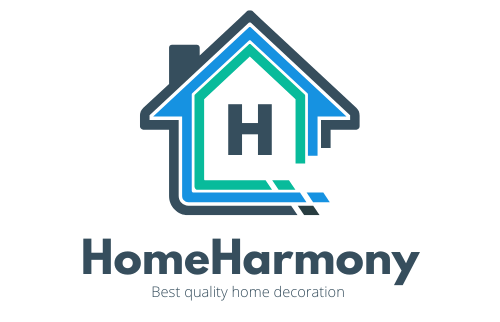Biophilic Design Takes Center Stage
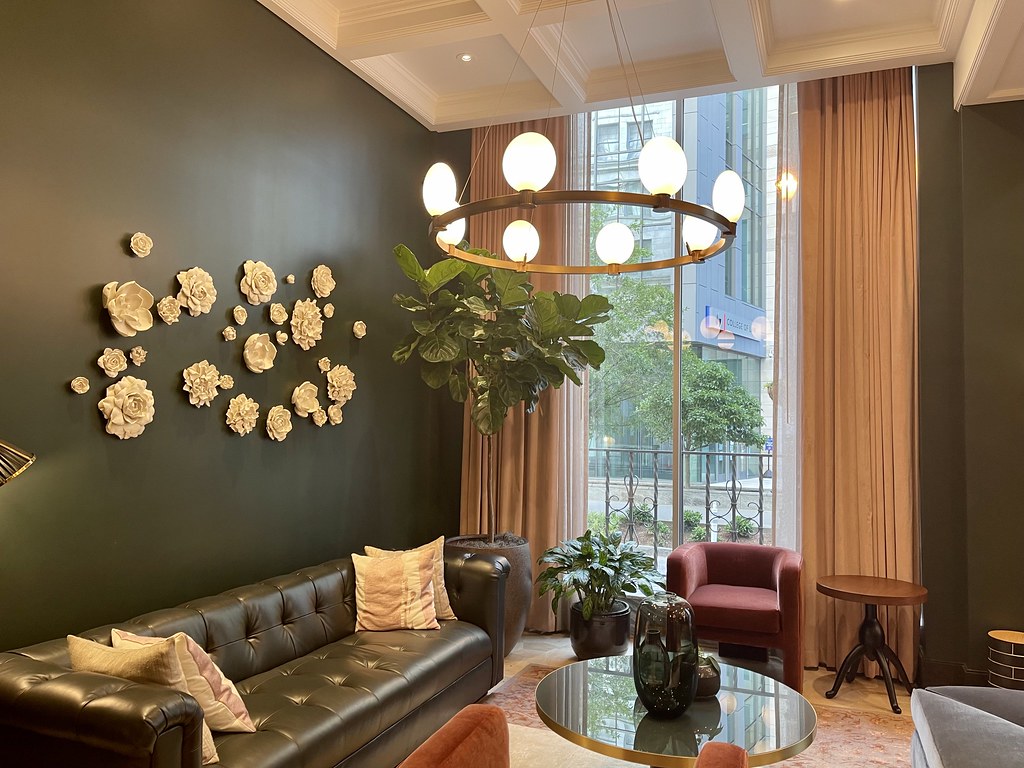
High-end homes in 2025 are increasingly embracing biophilic design, integrating nature into architecture and interiors in stunning ways. According to the American Society of Interior Designers’ 2024 report, over 70% of luxury home projects now prioritize natural materials, living walls, and indoor gardens. Homeowners are seeking to blur the line between outdoor and indoor spaces, with features like retractable glass walls, green roofs, and atriums filled with lush plants. This isn’t just about looks—biophilic design has been shown to improve mental well-being, reduce stress, and even boost productivity, according to research published by Harvard’s School of Public Health in 2023. Rare woods are being replaced by locally sourced, responsibly harvested timber, while stone and clay finishes evoke a sense of calm and timelessness. The trend is both an emotional and environmental response, creating homes that feel alive and connected to the earth. This focus on nature as luxury shows how exclusivity and sustainability can grow hand in hand.
Net-Zero Energy Homes Become the Gold Standard
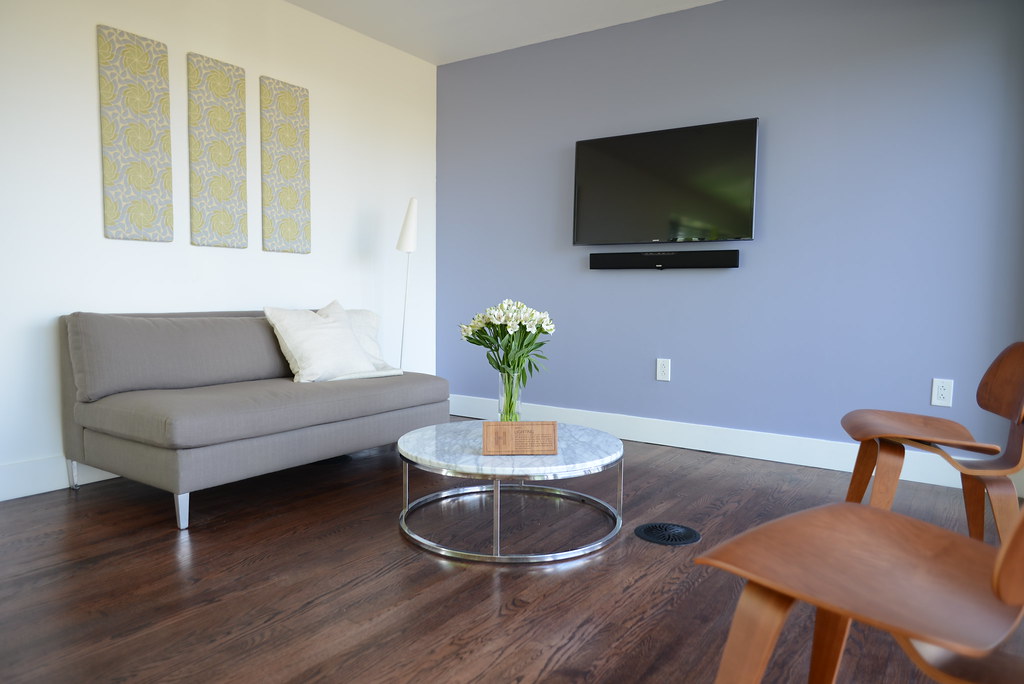
In 2025, opulent homes are going beyond energy efficiency and aiming for net-zero energy consumption—meaning they produce as much energy as they use. The U.S. Green Building Council’s annual review in early 2025 revealed a 38% increase in LEED Platinum-certified residences, the highest standard for sustainability. Solar panels and advanced battery systems are being seamlessly integrated into architectural designs, turning rooftops and facades into power-generating assets. Smart home energy management systems, using AI to optimize consumption, have become standard in new luxury builds. High-performance insulation, triple-glazed windows, and geothermal heating and cooling are now expected features. According to the International Energy Agency, net-zero homes cut household emissions by over 80% compared to traditional luxury estates. The luxury market is now defined by homes that are as conscientious as they are breathtaking.
Reclaimed and Upcycled Materials in Every Room
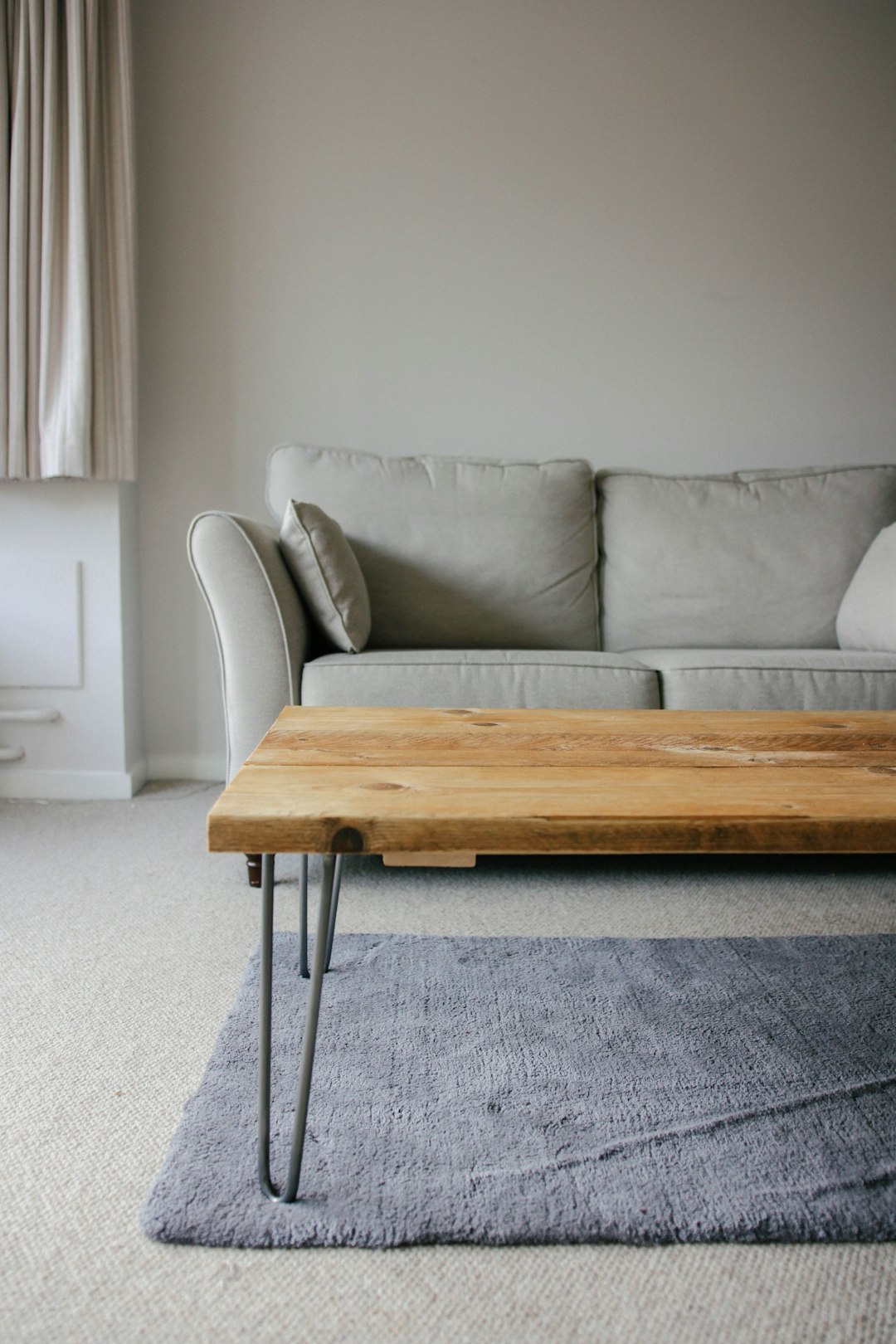
Luxury no longer means new—at least not in the conventional sense. The trend toward reclaimed and upcycled materials is sweeping through high-end homes, as reported by Architectural Digest in February 2025. Designers are sourcing antique wood beams, recycled glass, and vintage bricks to add layers of character and history. One standout example is the use of upcycled marble from demolished historic buildings, which not only preserves the past but reduces landfill waste. High-end furniture brands like Restoration Hardware have launched collections made from salvaged metals and woods, and demand is soaring. According to a 2024 survey by the National Association of Home Builders, 46% of luxury homeowners say they actively seek out reclaimed materials for their renovations. These choices are celebrated for their beauty and sustainability, transforming waste into conversation pieces.
Water Stewardship with Smart Technology
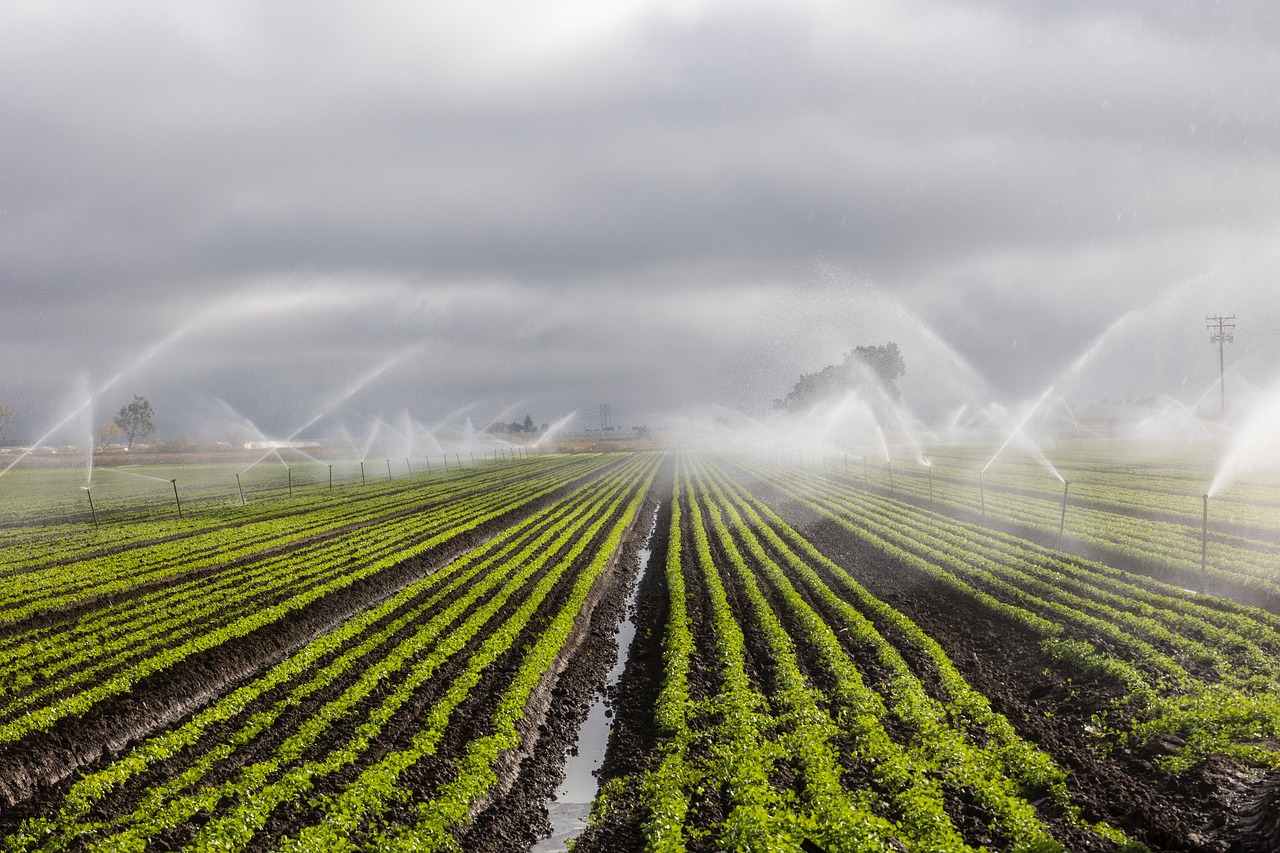
Water conservation is emerging as a defining feature in luxury home design, driven by both environmental concerns and increasing water scarcity. Smart irrigation systems, rainwater harvesting, and greywater recycling are now standard in high-end properties, as highlighted in the 2025 World Green Building Trends report. Touchless faucets and low-flow fixtures, once seen as utilitarian, now come in sleek, designer finishes and are integrated with digital controls. Some estates feature underground cisterns that collect stormwater, supplying gardens and even toilets, cutting potable water use by up to 40% according to the EPA’s 2024 findings. Advanced leak detection sensors prevent damage and waste, alerting homeowners through their smartphones. Luxury developers on the West Coast, where droughts are common, are especially aggressive in implementing these technologies, making water stewardship a must-have for discerning buyers.
Wellness Architecture with Air and Light Purification
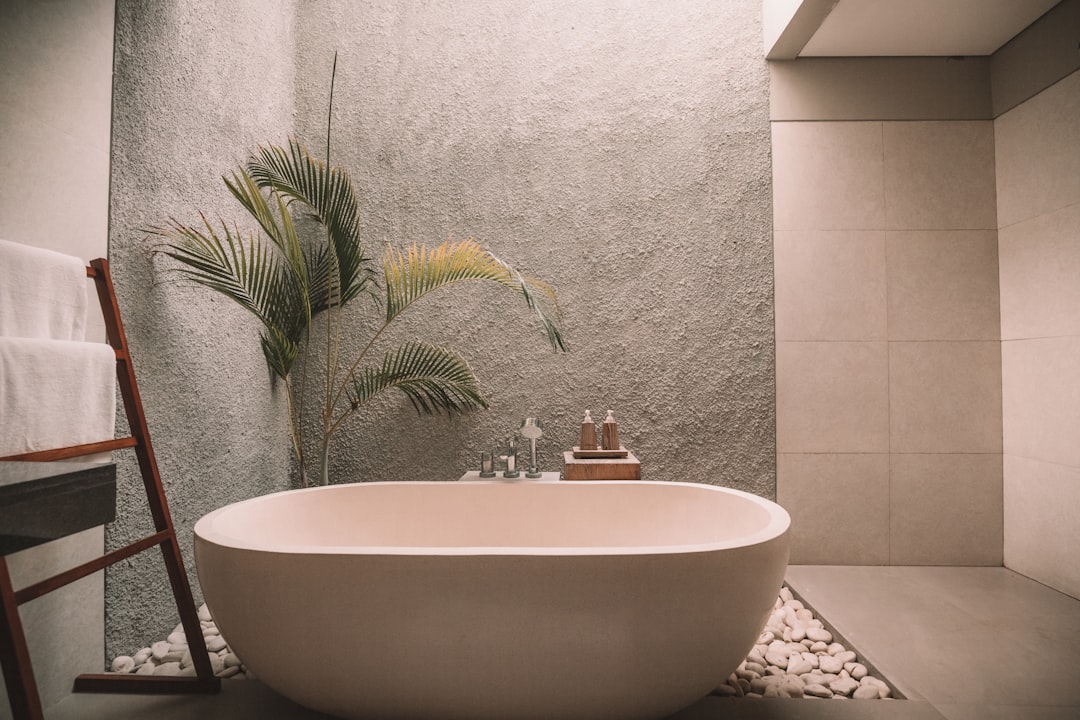
The concept of wellness architecture has exploded in the luxury sector, with homes designed around health, comfort, and well-being. Recent data from the Global Wellness Institute shows a 55% increase in demand for homes featuring advanced air purification, circadian lighting, and toxin-free materials. UV-C air filtration systems and HEPA filters are now hidden within custom vents, ensuring air quality that rivals medical facilities. Dynamic glass, which tints automatically to reduce glare and heat, is paired with lighting that mimics the natural rhythms of sunlight, supporting better sleep and mood. Paints and finishes are increasingly free of VOCs and other harmful substances, reducing indoor pollution. In 2025, luxury means not just beauty, but a space that actively supports the health of its residents. This trend is especially popular among families and those with heightened awareness of environmental toxins.
Local Artisans and Bespoke Craftsmanship
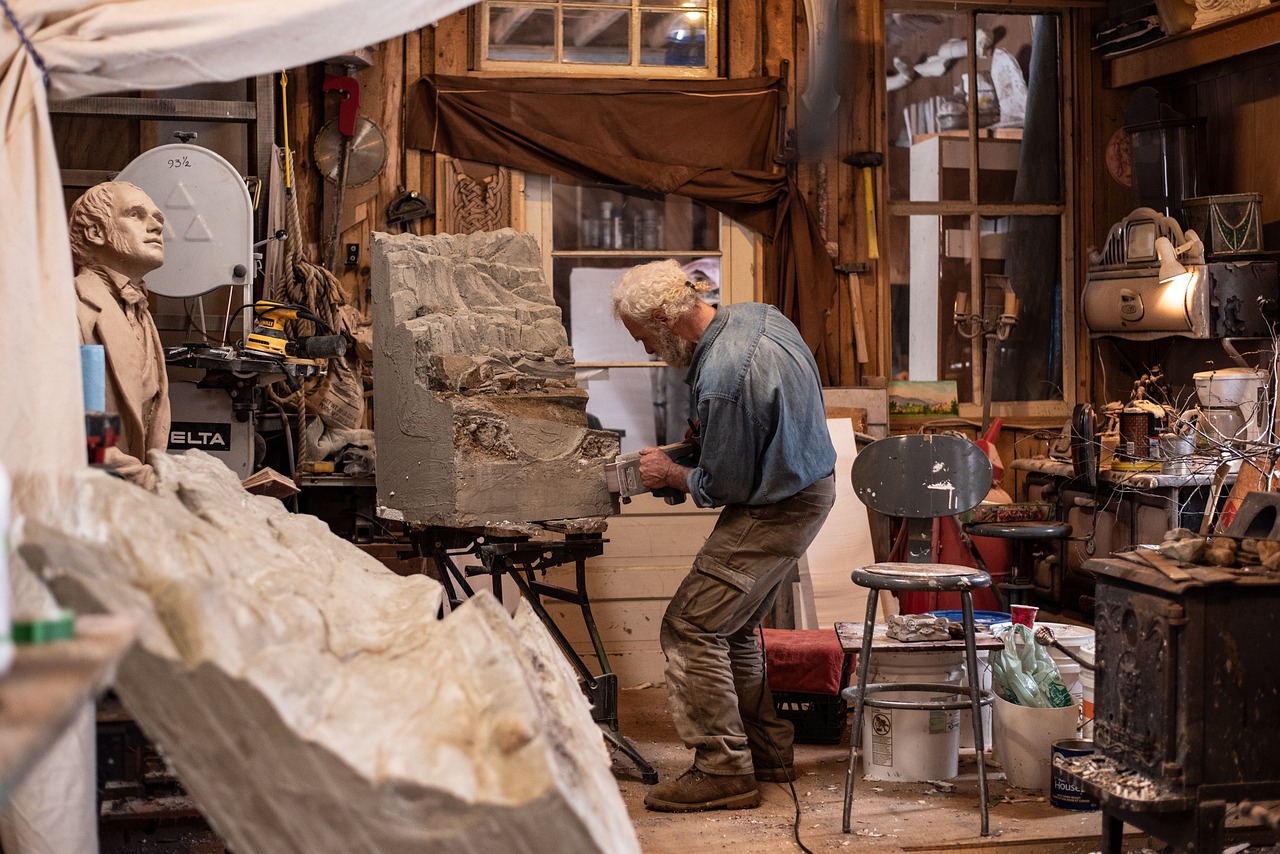
A renewed appreciation for local artisans and handcrafted details is redefining what luxury means in design. According to a 2024 survey by the Luxury Home Council, over 60% of high-end buyers say custom, locally made features influence their purchase decisions. Homeowners are commissioning custom mosaic tiles, hand-forged ironwork, and bespoke furniture from regional makers, supporting local economies and reducing the environmental impact of long-distance shipping. These one-of-a-kind pieces carry stories and soul, turning homes into living galleries. This movement is also driving transparency, with designers sharing the stories behind each artisan and their sustainable practices. The trend isn’t just about exclusivity—it’s about creating spaces that feel truly personal and connected to place. In 2025, authenticity and craftsmanship are as coveted as square footage.
Eco-Friendly Smart Home Integration
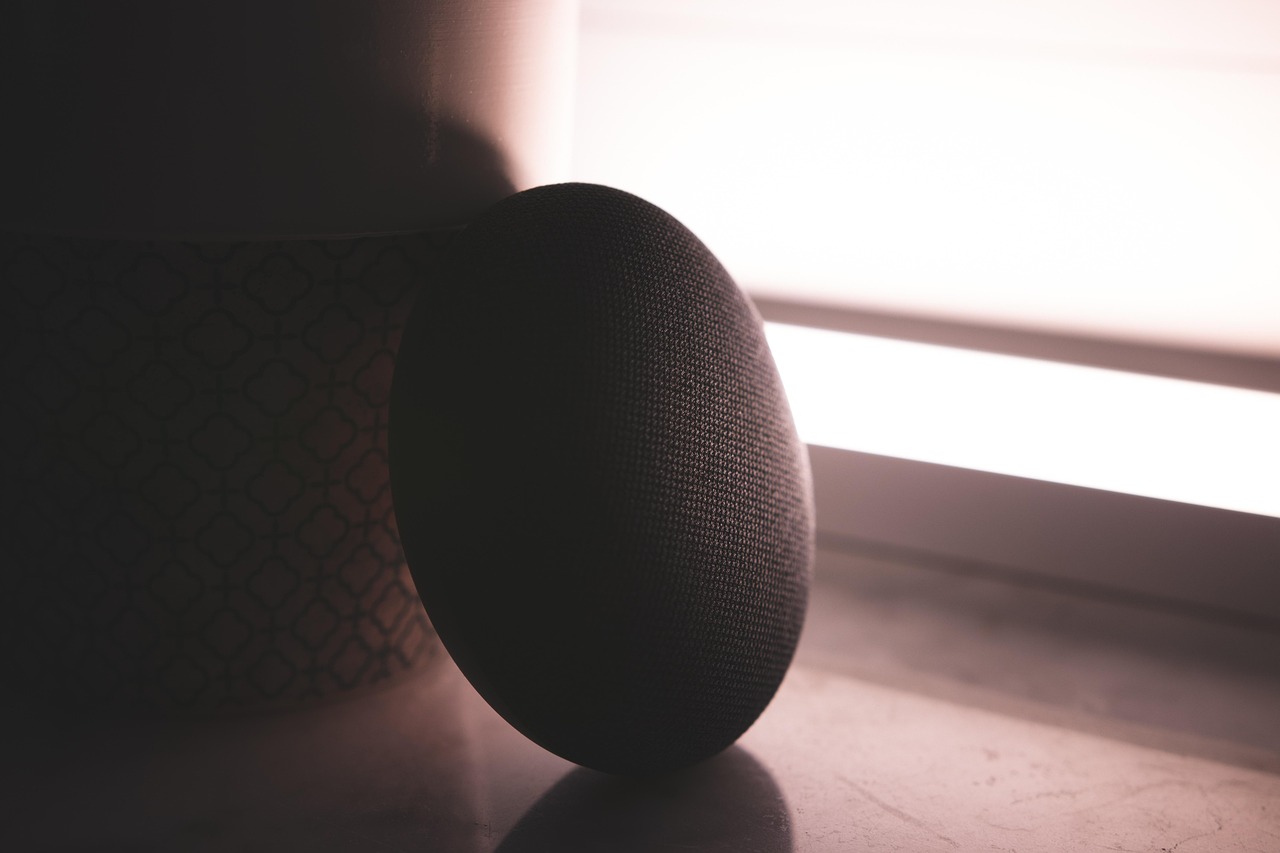
Smart home technology is now synonymous with sustainability in luxury residences. The Consumer Technology Association’s 2025 outlook reports that 79% of new luxury homes feature integrated systems that monitor and minimize energy and water use. Voice-activated controls for lighting, climate, and appliances ensure nothing is left running unnecessarily. AI-powered dashboards offer real-time sustainability metrics, nudging homeowners toward greener choices. Even entertainment systems are optimized for efficiency, and automated window shades help regulate indoor temperatures. Security systems now incorporate eco-friendly features too, like solar-powered cameras and sensors. This tech-forward approach makes sustainable living not just easy, but irresistible for luxury homeowners who want to combine comfort, convenience, and conscience.

Henrieke Otte is an accomplished writer and content editor, specializing in topics that inspire thoughtful living—ranging from global travel and sustainable lifestyles to interior design and architecture. With a keen editorial sense and a background in cultural studies, Henrieke brings depth, elegance, and clarity to every piece she crafts.
Her work is known for its engaging voice, visual sensitivity, and ability to turn complex ideas into accessible, reader-friendly narratives. Whether exploring eco-conscious destinations, dissecting climate-conscious home trends, or curating serene living spaces, Henrieke writes with a balance of creativity and insight that resonates with design-savvy, environmentally aware audiences.
Driven by a love of meaningful storytelling and a refined aesthetic, Henrieke contributes regularly to digital platforms and magazines where quality content meets visual sophistication.
